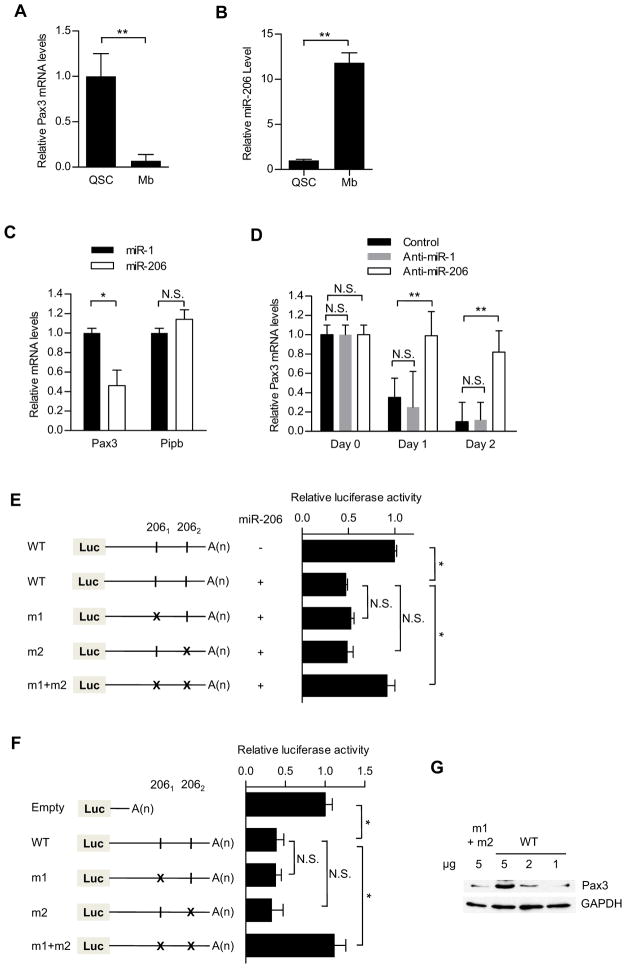Figure 1. miR-206 is highly expressed in QSCs and regulates Pax3 transcript in SCs.
Quantitative RT-PCR analysis of Pax3 mRNA (A) or miR-206 (B) levels in QSCs sorted from uninjured muscle and from myoblasts (Mb) sorted from injured muscle 3.5 days after BaCl2 injection. (C) Quantitative analysis of mRNA levels of Pax3 and Cyclophilin B (Pipb) in primary myoblast cultures treated with miR -1 (black) or miR-206 (white) in growth medium. (D) Quantitative analysis of Pax3 mRNA in primary myoblast cultures treated with anti-miR-1 (black) or anti-miR-206 (white), then cultured in differentiation medium for 1 or 2 days.(E) Luciferase reporter assays showing the long form of Pax3 3′UTR repression by miR-206 in 293 cells. Luciferase constructs and miR-206-expressing plasmid were co-transfected in 293 cells, and luciferase activity was measured 48 hours post-transfection. Mutation of both target sites is necessary to abolish the repression of luciferase activity by miR-206 (m1+m2). (F) Luciferase reporter assays showing the long form of Pax3 3′UTR repression by miR-206 in C2C12 cells after differentiation. After transfection with luciferase constructs, C2C12 cells were cultured in differentiation medium for 48 hours to allow endogenous miR-206 upregulation. Mutation of both target sites is necessary to abolish the repression of luciferase activity by miR-206 (m1+m2). Pax3 murine long 3′UTR was appended to the luciferase ORF (Luc). The different luciferase constructs are indicated on the left of the graphs (WT, m1, m2, m1+m2). miR-206 complementary sites (2061and 2062) (vertical line) and mutated sites (cross) are indicated.(G) Competitive inhibition of miR-206 using the Pax3 3′UTR construct. Immunoblot analysis of Pax3 protein level in satellite cell-derived myoblasts, 48 hours after transfection with luciferase constructs containing either wild-type or mutated miR-206 target sites, then cultured in differentiation medium. Repression of Pax3 transcript by miR-206 was rescued by overexpressing wild-type Pax3 3′UTR construct, which acts as a competitive inhibitor (* p<0.05; ** p<0.001; N.S. - not significant; n=3). See also figure S1.

